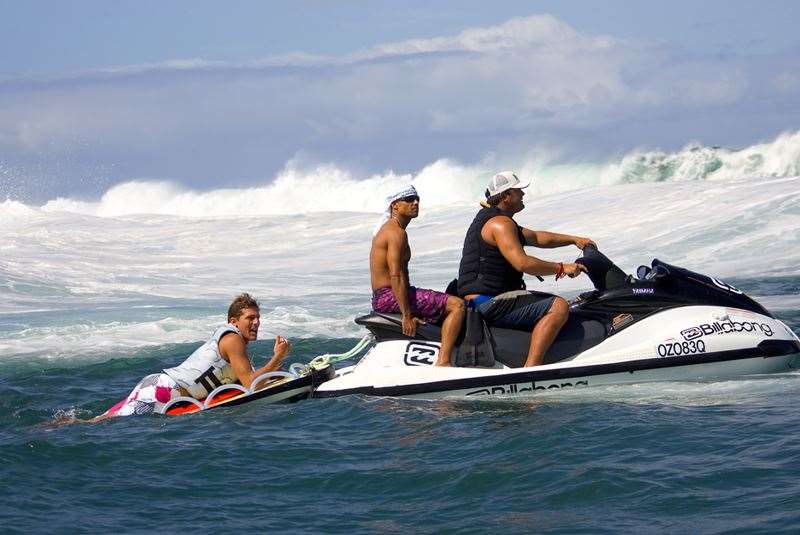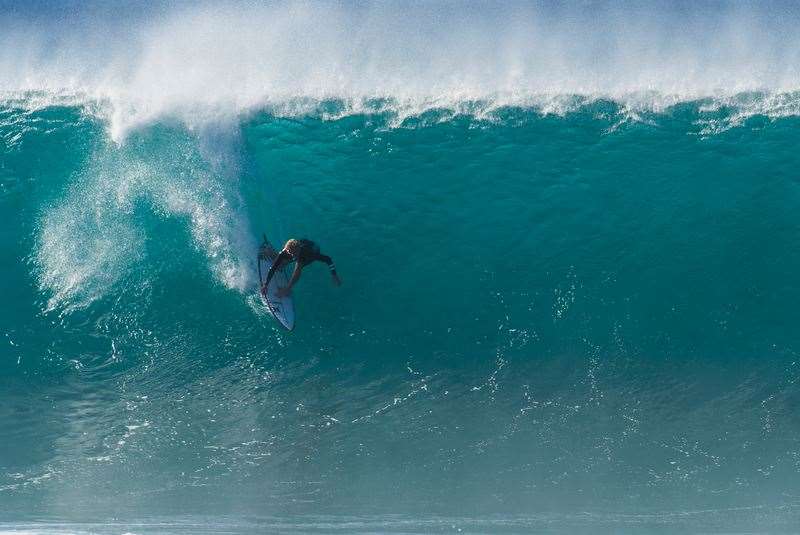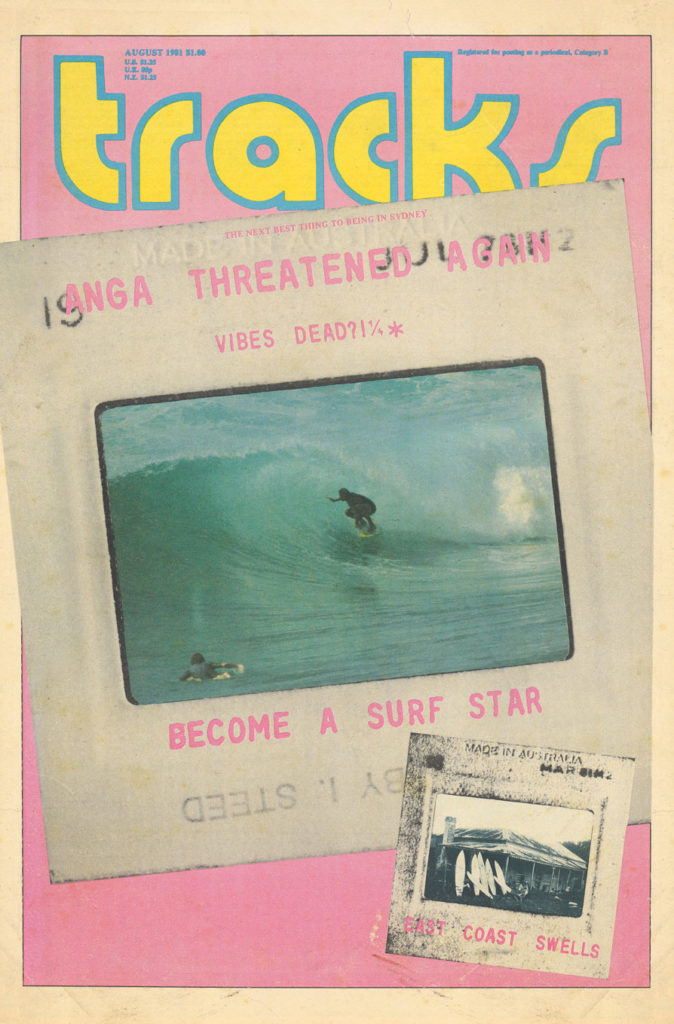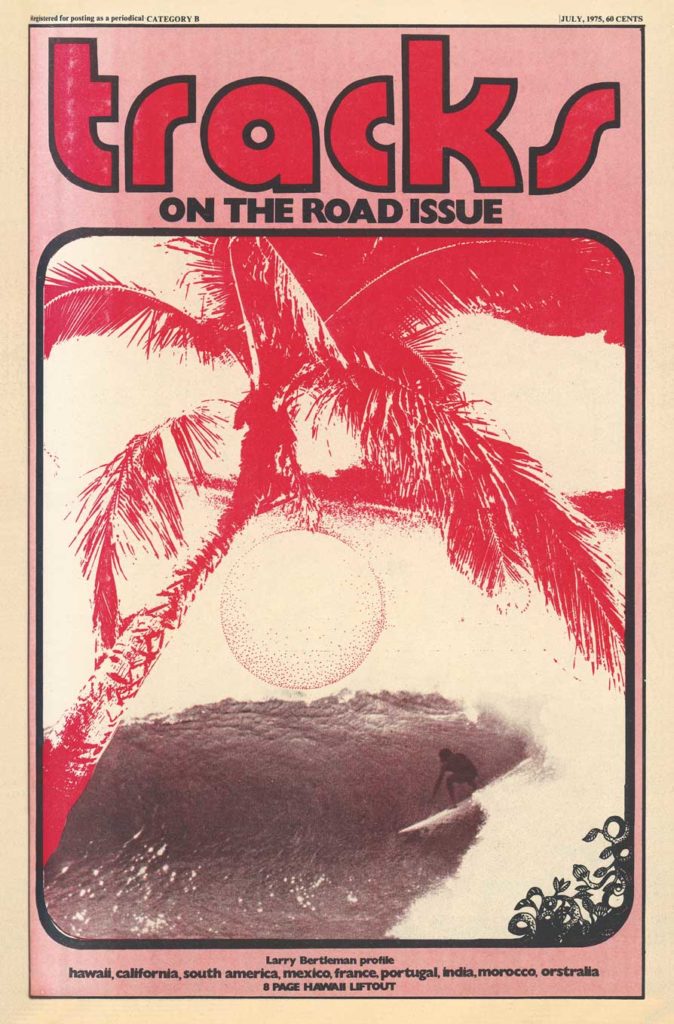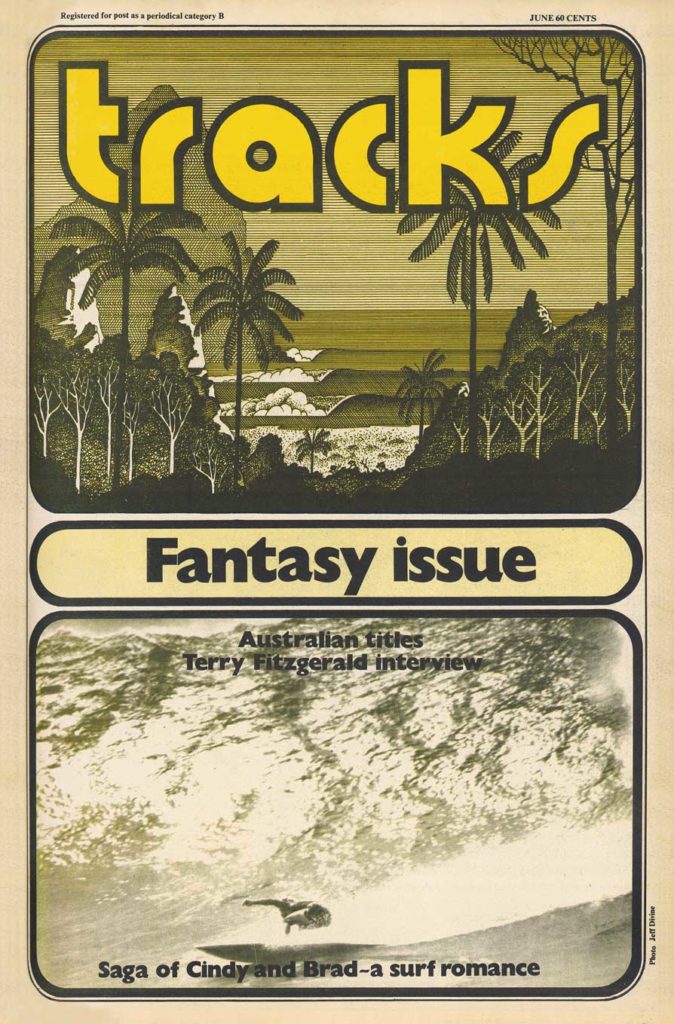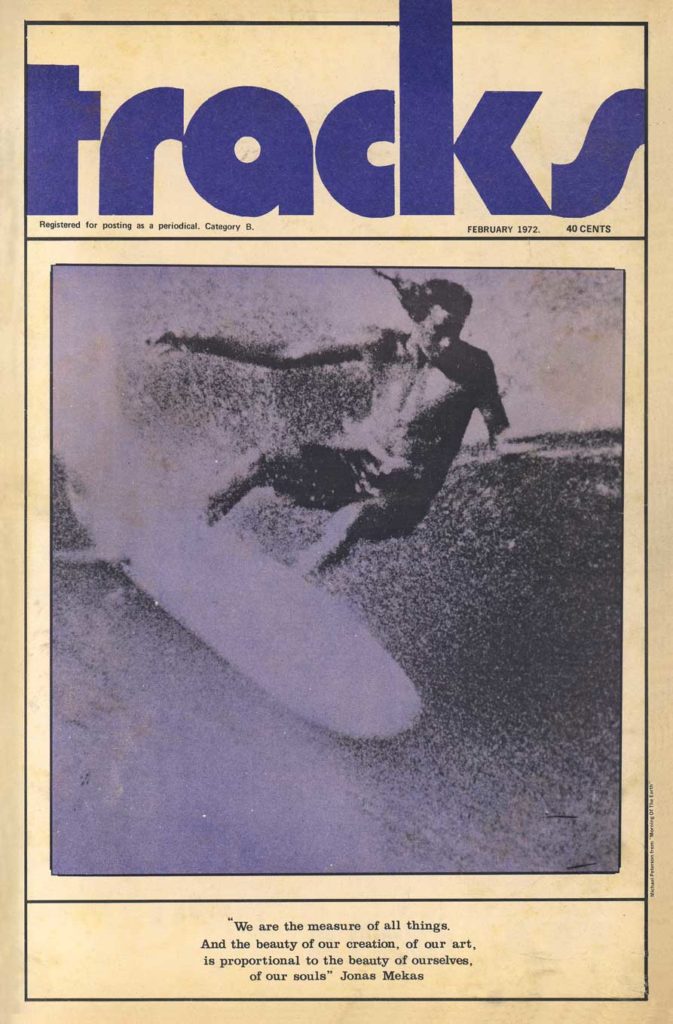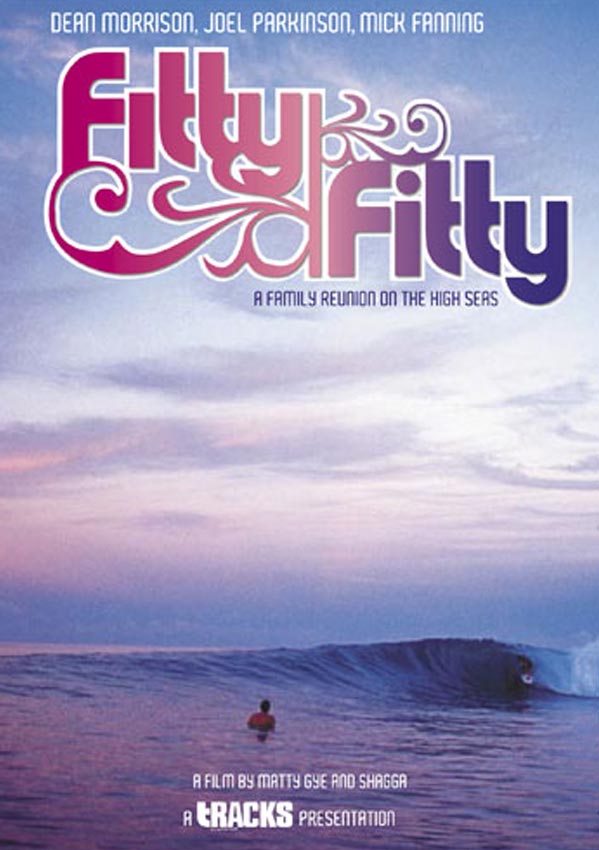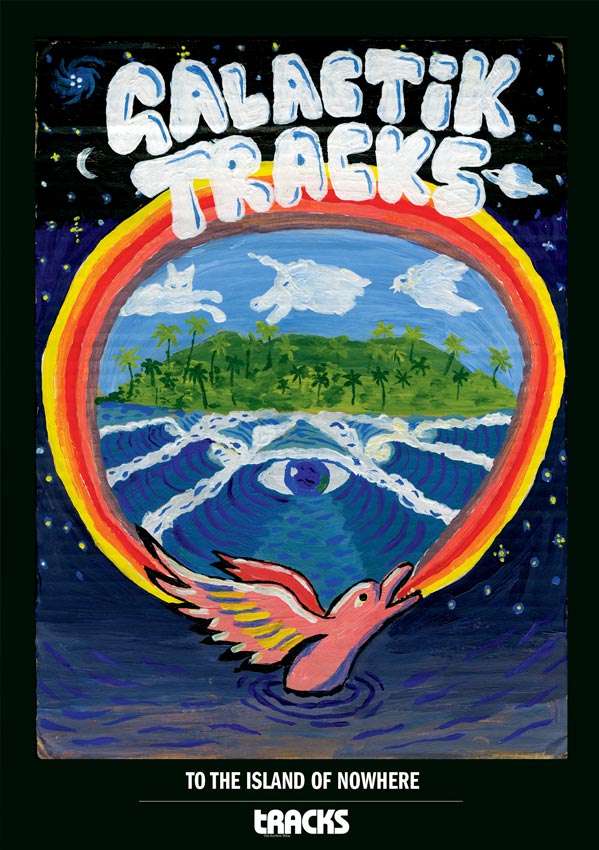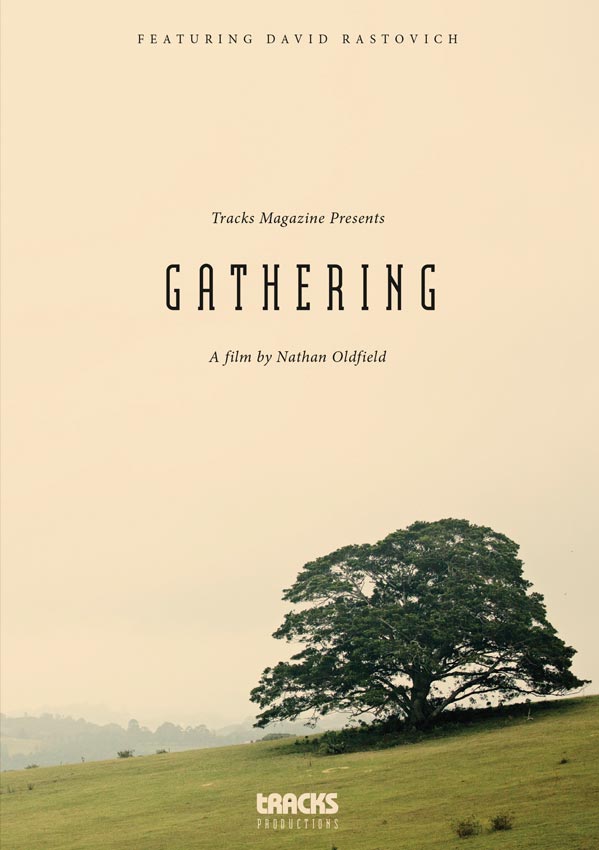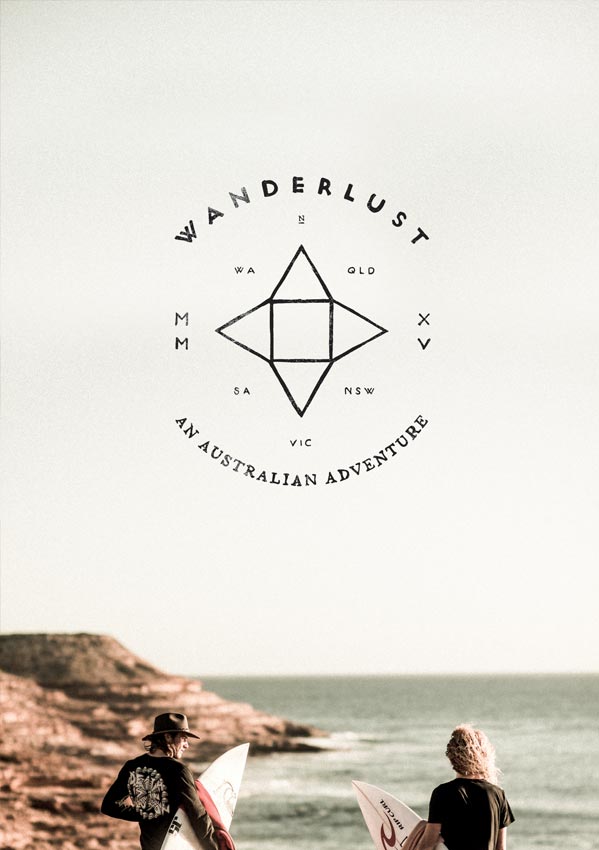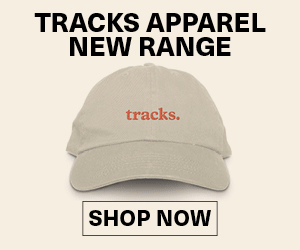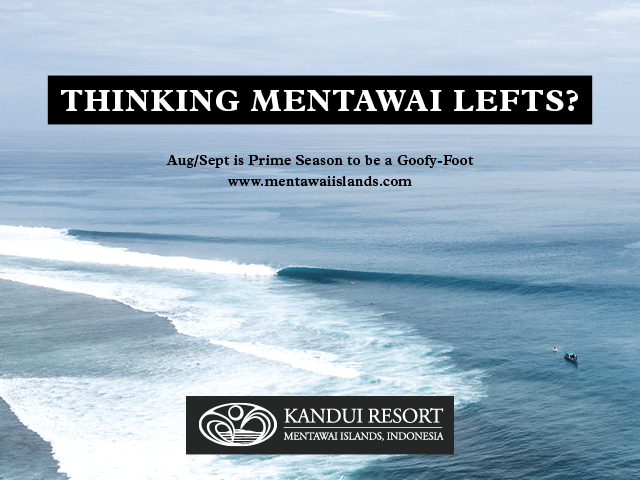While Australia may currently have a stranglehold on the men’s ASP tour with consecutive world title victories to Joel Parkinson and Mick Fanning, team
Hawaii recently took out the ISA world amateur games in Ecuador. On a philosophical level many people feel that it’s vital to have a Hawaiian presence on the world surfing stage, given the role of Hawaii in the history of the surfing. While women’s world champion, Carissa Moore, John John Florence, Sebastian Zietz, Freddy Patacchia, Alessa Quizon and Malia Manuel are flying the flag in the professional ranks, the recent teams victory for Hawaii at the ISA games suggests that that there are big expectations for Hawaii’s next generation of surfers which includes Imai Devault, Tatiana Weston-Webb (U18 ISA champion 2014), and Mahina Maeda (U16 ISA champion 2014).
Tracks recently caught up with The Hawaiian team’s head coach, Rainos Hayes, to discuss the current state of Hawaiian surfing, the new ASP and the impact of six-figure contracts for groms.
Rainos is a former pro surfer and Pipe specialist with two decades of coaching experience. He has been part of the Billabong pit crew since 2003 and almost all of Hawaii’s best surfers over the last two decades have been involved with Rainos in some capacity. His impressive resume includes an involvement in eight individual ISA Junior World Titles, as well as two ISA World Team Titles for Hawaii.
When and how did you first become involved in coaching?
I began coaching when I was 24 years old. I was competing in local pro events and I was trying to get a surfboard sponsorship. I approached the company Hawaiian Island Creations, and told them I would do whatever it took to be a part of their program. At the time I was working in the surfboard industry airbrushing boards. I told them that I would airbrush boards, work around their shop, or work with their kids and team. They decided to take me on the Team side, and the first contest that came up was an amateur event at Sandy Beach. I worked with a kid named Macy Mullen, and he won.
Somehow that day I realised I had found a calling, to do something for some kids, that I had always wished I had as an amateur. I had seen guys like Ben Aipa, Tony Moniz, and the kids that were lucky enough to work with them, and I had always wanted that. That was my driving force.
What do you think of the current state of Hawaiian Surfing?
As far as getting guys on to the World Tour, I honestly wish we had more options for the guys and girls willing to play that expensive game. Right now on the World Tour we have John John, Sebastian Zietz, Freddy P, and then Dusty Payne, who we just lost. Currently there are not a lot of guys that are willing to commit 100 percent to slogging it out on the WQS.
I mean there is Ezekiel Lau, and Keanu Asing, that are training hard , but then there are other guys like Koa Smith that are going a different direction involving more travel with photo and video shoots, and riding bigger waves, verses putting themselves on the WQS grind.
This last year the system is so broken, and we really only have two new faces on tour with Mitch Crews, and Dion Atkinson. Jadson Andre qualified and got back on tour, and so did Aritz Aranburu, and looking at that system not a lot of people are psyched on it. Mitch Coleburn missed out, and to me that is somebody who should have clearly made it. This year ZoSea hopes to reinvent the tour; so we will see what happens.
What do you think of the current state of amateur surfing?
I think it is a little confused. There are so many events and so many options, that there is no clear path to being a professional. The bottom line is that you just have to be that good. It doesn’t matter what system you come through. It’s about the quality of the competitive surfing that you bring to the table once you become a professional.
A prime example would be John John Florence, who did not spend a lot of time as an amateur. He entered many pro events from a very early age, and ultimately it almost simplified what he was doing. Being in so far over his head as a youngster he really had to concentrate on not performing poorly, and I think this took the pressure off him. In his mind he was probably not expecting to win the event, he just went out and tried to surf his best, and not look like a kook among these big time professionals. This ultimately taught him to be as good as he is under pressure. Now he is very comfortable in high pressure situations, and especially where the surf is providing a high risk factor.
This has proven him to be one of the best in the world, if not the best currently.
John John making the impossible look easy at Pipe. Photo Joli
It seems that modern day competitive surfers are incorporating more training, working with coaches, and really becoming more well-rounded, and professional to try to achieve their goals. Do you find this to be true?
Yes. If you look at the results that have been achieved by guys like Mick Fanning and Joel Parkinson it is clear, that there training gives them an edge. The kids now are looking at the training regimes that these athletes bring to the table, and are starting to realise, that’s just part of the game if you want to try to be the best. Whereas guys like Mick and Joel, had to kind of invent that attitude, make it mainstream, and they have done a great job of it.
I think someone even as gifted and natural as Dane Reynolds, is going to have a hard time competing against the competitive animals that Mick and Joel have become. Their physical stamina is just so much stronger. Things have gotten so tight in the judging, and the differences are so minute, that it takes that extra edge. The days of partying, staying up all night, and showing up and winning heats is probably over.
Since the inception of professional surfing there has only been a handful of Hawaiian World champs, even though we have some incredible surfers here. What would you attest that to?
I think in the old days the Hawaii guys had a lot of pride, and they were so strong here at home that they really wanted to get out there and kick everyone’s ass, and years ago there were not many options.
If you wanted to be a Professional Surfer you had to perform in everything, from two feet to twenty feet. Nowadays with the options available to the upcoming Hawaiians, it is hard to leave your home where the water is warm, and the surf is good, to pack your bags try to get a good sponsor to help you get around the world where you might be surfing substandard waves. People don’t realise that it can be hard work, slogging a bag around, dealing with different forms of transportation, adjusting to new time zones, trying to find lodging, and being away from the comforts of home.
Now you might try to be a big wave guy, or put together the best video clips, and stay home and surf quality, pumping surf. Things have changed with the options in the surfing, and social media, and there are some new tools and routes you can take to achieve your goals.
In order to acquire that sponsorship that says; hey I am the guy that is going to take one of those few available spots on the WT, you have to be a competitive animal. You will have to have shown yourself to be that animal throughout your amateur career. It has to be clear, for the companies to even think about taking a chance and investing. It has been a rough few years in the surfing industry, and money just isn’t being thrown around like it used to be.
I think because some of the kids get so much, so early, and end up getting to travel much earlier than they perhaps, had in the past, they almost take it for granted and the work ethic has suffered.
They’re not as hungry and they are not as durable. They seem to be more relaxed and sensitive than they were in the past. They used to have to slug it out, and do what they had to do to get the win.
In the early days of pro surfing guys like Rabbit, Ian, Michael and Derek Ho, Dane Kealoha, Shaun Tomson, were ruthless competitors, and later on from Hawaii you had guys like Sunny Garcia, and Kaipo Jaquios, who would rap somebody around a piling in Huntington Beach, if that’s what it would take to win a heat. Those days are gone.
Surfing has become such an organized sport as opposed to the true boxing match it used to be. It was way more cutthroat, and it took a lot more determination and guts to get the job done. Not to say that we should go back to those ways, but there just doesn’t seem to be the same drive to succeed that those pioneers of the sport had to have, to bring surfing to where it is today where someone can actually make a living as a professional surfer.
What are some things you would say to an aspiring young surfer if they wanted to pursue a path as a Pro?
Work ethic is very important. The days of being a natural, and just showing up and winning contests, is not realistic. There are too many talented surfers out there and the difference is between who is going to be good, and who is going to be great. The level is so high that it takes complete dedication, focus and determination. You have to keep it fun, but if you want to be the best, you are going to have to work hard.
World Champions are not normal people. People like Andy Irons, Kelly, Joel or Mick, are so dedicated and driven, and I honestly believe they are in love with the whole process. It seems to me that the guys, and girls who have succeeded, have made up their minds that this is what I do; I am a professional surfer, and there is nothing else I would rather do, and because I have made that choice I am going to commit to that 100%.
And that’s what it takes.

